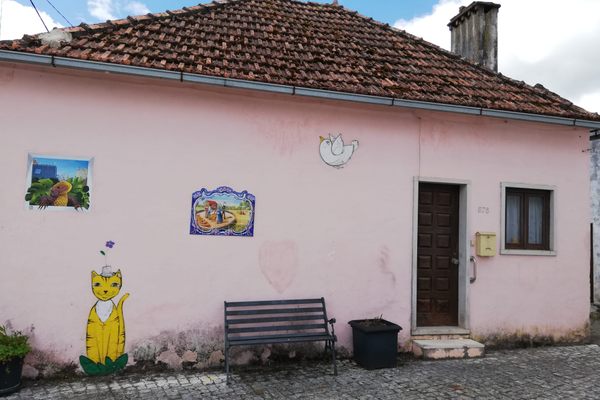Tomb of Inês de Castro
The corpse bride of Portugal.
The passionate but ill-fated love affair of Pedro, crown prince of Portugal, and his wife’s lady-in-waiting is the stuff of both bodice rippers and slasher films.
In 1340, the young Inês de Castro met Pedro when she arrived at court in his wife’s entourage. Inês and Pedro fell madly in love, and neither the disapproval of the king nor the machinations of Pedro’s wife could keep the two of them apart.
In an act of desperation, King Afonso IV, Pedro’s father, finally had Inês murdered before her children’s eyes. Pedro, heartbroken and enraged, rose up in open rebellion against his father, but ultimately failed in his quest for revenge and justice.
Two years after Inês’ death, Afonso died and Pedro became king; and here’s where things go a little sideways:
Legend holds that Pedro ordered Inês’ body to be disinterred, her corpse dressed in finery and propped up in the throne room. Pedro then ordered his vassals to pledge their obedience and loyalty to this corpse he called his wife and queen, and further demanded that they kiss her dead hand.
Formalities thus dispensed with, Pedro had his corpse bride installed in a lavish tomb in the beautiful Monastery of Alcobaça, where she remains to this day, interred next to her love.
The monastery itself was founded in 1153 by Afonso Henriques, the first Portuguese king. It survived the 1755 Great Lisbon Earthquake, but was extensively looted by invading French under Napoleon, when the extraordinary library was looted, tombs robbed, and decor demolished. It served its final days as a monastery in the mid-19th century, and is now a UNESCO World Heritage Site.
The tombs of King Pedro I and his mistress, Inês de Castro, are located in the transept of the church. No one knows who carved the extraordinarily lovely and detailed tombs, but they are amongst the finest in Portugal, detailed with scenes of the final judgement, the couple’s carved likenesses held aloft by angels. The lovers face one another, their tombs inscribed with the phrase “Até ao fim do mundo…” or “Until the end of the world…”























Follow us on Twitter to get the latest on the world's hidden wonders.
Like us on Facebook to get the latest on the world's hidden wonders.
Follow us on Twitter Like us on Facebook